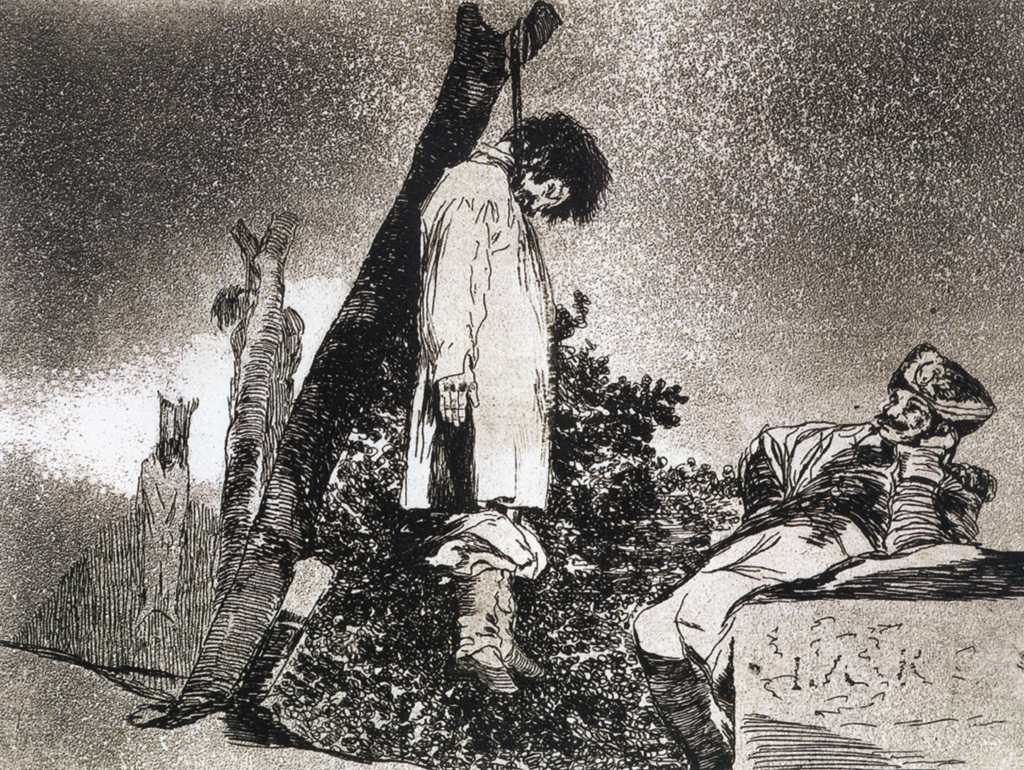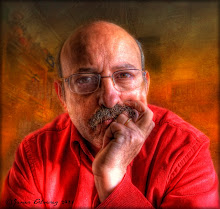Genesis - Foxtrot
 Genesis - Foxtrot
Genesis - FoxtrotJapan 1994 VJCP 3209 - Obi
eac.wavpack.covers
De todos los grupos de principios de los 70, Genesis, junto a Yes y King Crimson son los mayores representantes del cambio de mentalidad que se iba consolidando en el panorama del rock. Aunaban una enorme inspiracion y un dominio magistral de los tiempos dentro de sus canciones. La instrumentacion pasaba de epicas orgias sonoras, a langidos y hermosos pasajes de piano, todo ensamblado por el genio de Gabriel, que en este disco compone uno de sus mejores temas, "Super Ready", una suite de mas de 20 minutos donde de mezcla melancolia y fuerza de manera magistral.
Foxtrot is where Genesis began to pull all of its varied inspirations into a cohesive sound -- which doesn't necessarily mean that the album is streamlined, for this is a group that always was grandiose even when they were cohesive, or even when they rocked, which they truly do for the first time here. Indeed, the startling thing about the opening "Watcher of the Skies" is that it's the first time that Genesis attacked like a rock band, playing with a visceral power. There's might and majesty here, and it, along with "Get 'Em Out by Friday," is the truest sign that Genesis has grown muscle without abandoning the whimsy. Certainly, they've rarely sounded as fantastical or odd as they do on the epic 22-minute closer "Supper's Ready," a nearly side-long suite that remains one of the group's signature moments. It ebbs, flows, teases and taunts, see-sawing between coiled instrumental attacks and delicate pastoral fairy tales. If Peter Gabriel remained a rather inscrutable lyricist, his gift for imagery is abundantly, as there are passages throughout the album that are hauntingly evocative in their precious prose. But what impresses most about Foxtrot is how that precociousness is delivered with pure musical force. This is the rare art-rock album that excels at both the art and the rock, and it's a pinnacle of the genre (and decade) because of it.

 Watcher Of The Skyes
Watcher Of The SkyesObservador de los cielos, observador de todo
el suyo es un mundo solitario, ningún mundo es suyo
El, a quien la vida ya no puede sorprender
alzando los ojos contempla un planeta desconocido.
Las criaturas formaron el suelo de este planeta
ahora su reino toca a su fin
¿Ha destruido la vida otra vez a la vida?
¿Juegan en otro lugar, saben algo más que sus juegos infantiles?
Quizás el lagarto se haya desprendido de su cola
este es el fin de la larga unión del hombre con la Tierra.
No juzgues a esta raza por sus restos vacíos
juzga a Dios por sus criaturas cuando estés muerto
pues ahora el lagarto se ha desprendido de su cola
este es el fin de la larga unión del hombre con la Tierra.
De la vida sola a la vida como única
no creas que tu viaje ha terminado
pues aunque tu barco sea resistente, el mar no tiene piedad
sobrevivirás en el océano del ser
Vengan, niños antiguos, escuchen lo que les digo
este es mi consejo de despedida para vuestro camino.
Ahora, tristemente, tus pensamientos vuelven a las estrellas
sabes que adonde fuimos no puedes ir,
observador de los cielos, observador de todo
este es tu único destino, este es tu único destino.
Etiquetas: Musica


























